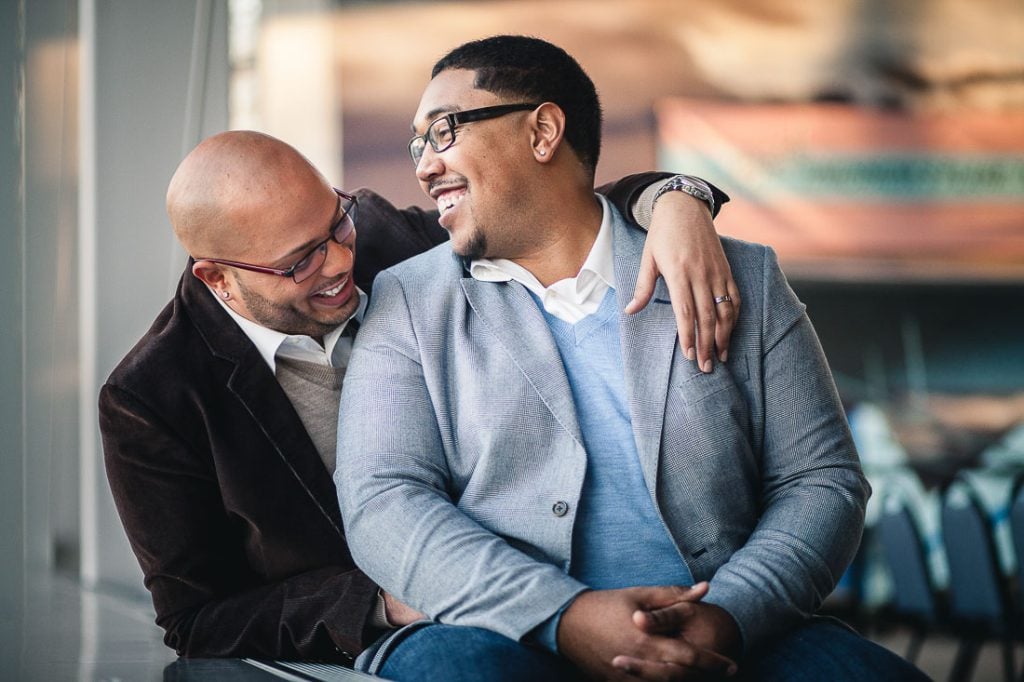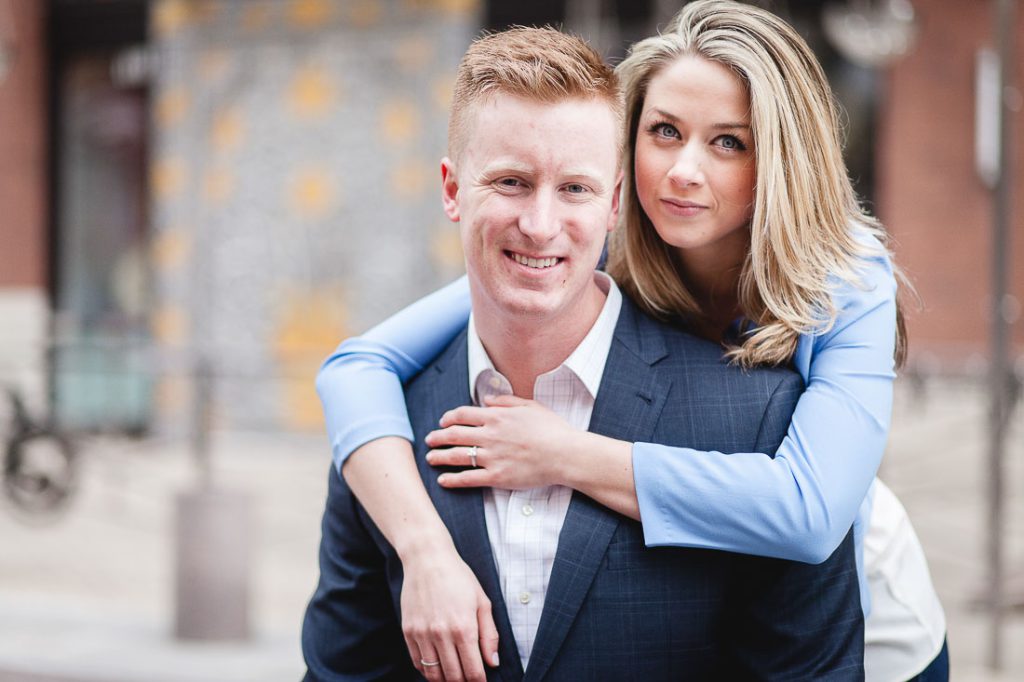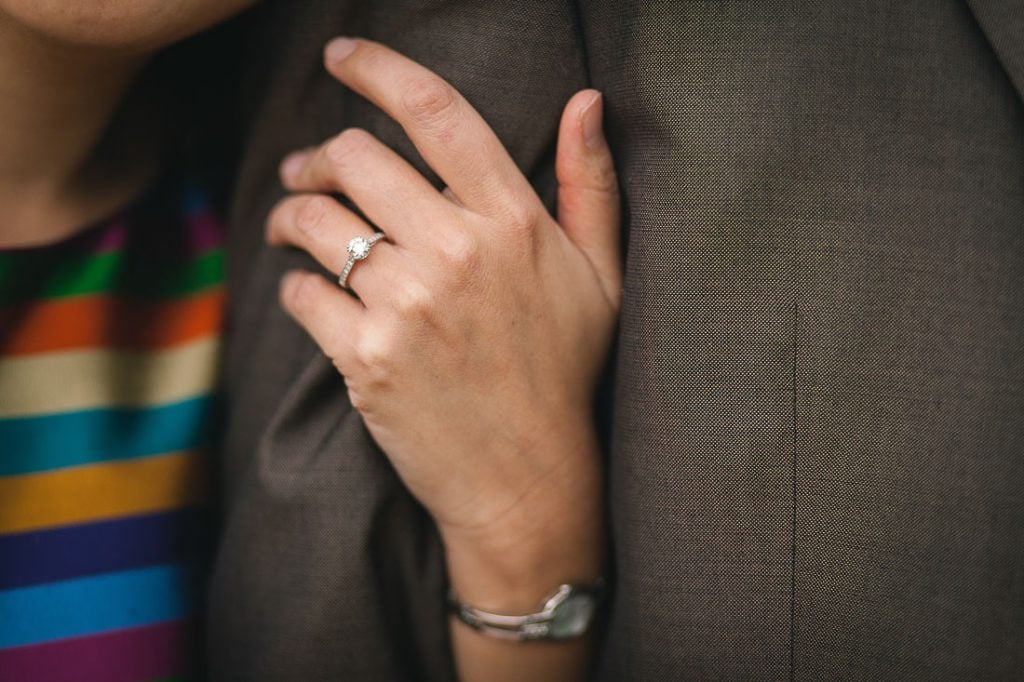“What do I do with my hands?” It’s a questions new photographers hear a lot because they haven’t learned to pay attention to them yet. But for you, while you’re posing in front of the camera, you suddenly feel oddly aware of your hands. You move them more than any other part of your body. You use them more than any other part of your body. If someone jokingly told you to “strike a pose”, the first thing you’d do is move your hands about.
Besides how practical they are, hands are important because they literally take up more of our brain’s attention, whether we’re realizing it or not. To our ‘inner-eye’, our hands are huge. This has some important implications for any kind of portrait photography. First, because your hands are such a focus for your brain, your whole body will feel uncomfortable (and look that way too) if you’re not able to resolve with your hands. And second, anyone who looks at the image is going to be immediately drawn to your hands and if they look strange, they’ll notice.
Of course, if you’re hiring a professional photographer for your portraits, it’s not your responsibility to know these things. But regardless of who your photographer is, knowing these things, and having some practice with them will make you feel more confident and comfortable during your session.
The most important consideration for your hands is context
In real life, we talk with our hands, or fidget with parts of our clothing, hair, or trinkets laying around. This is context, and in real life, it’s very forgiving. But in the sliver of time that is cemented forever in a photograph, context is much more important.
Why are your hands doing what they’re doing? We feel strange with our hands simply hanging at our side because there aren’t very many circumstances in real life where our hands do that. This is why your photographer’s instructions will usually involve emulating a specific, real-life motion. For example, fixing your collar, running your fingers through your hair, or even cracking your knuckles.
Your hands will draw attention to themselves in images if there is no clear reason for what they’re doing. By being mindful to notice the kinds of things you do with your hands in the rest of your life, taking your photographer’s instructions and collaborating with them, will be much easier.
Other considerations for your hands
Context is the most important consideration because nearly any position your hands are is good as long as the context is believable. But, since photographs are frozen moments in time, the context an image can communicate is limited. So there are some other things that will be helpful to know.
Let your hands relax. As I’ve said before, tension in your fingers looks uncomfortable in photographs. Most images will be better if your fingers appear relaxed. Most of us don’t realize how often we’re putting tension on our fingers–if you’re nervous, or mentally pre-occupied, you might express that by fidgeting with your fingers. Let your hands relax by squeezing them into a fist and then gradually releasing them until your thumb and index finger are just barely not touching.
Don’t pile them on top of each other. In photographs, if we see more than four fingers in a row, it looks strange. This can be a problem because stacking our hands on themselves, or on our partner’s hands, is something we do in real life. Instead of following the urge to put one hand over the other, try getting used to placing on hand on a wrist, upper arm, or in a pocket.
You don’t need to know all this, but a little practice will make for a better session.
As I’ve said, these are the concerns of your professional photographer. It’s not your responsibility to know them. But, with a little practice, you can work better with your photographer in a collaborative effort, so that they create even better images of you.



